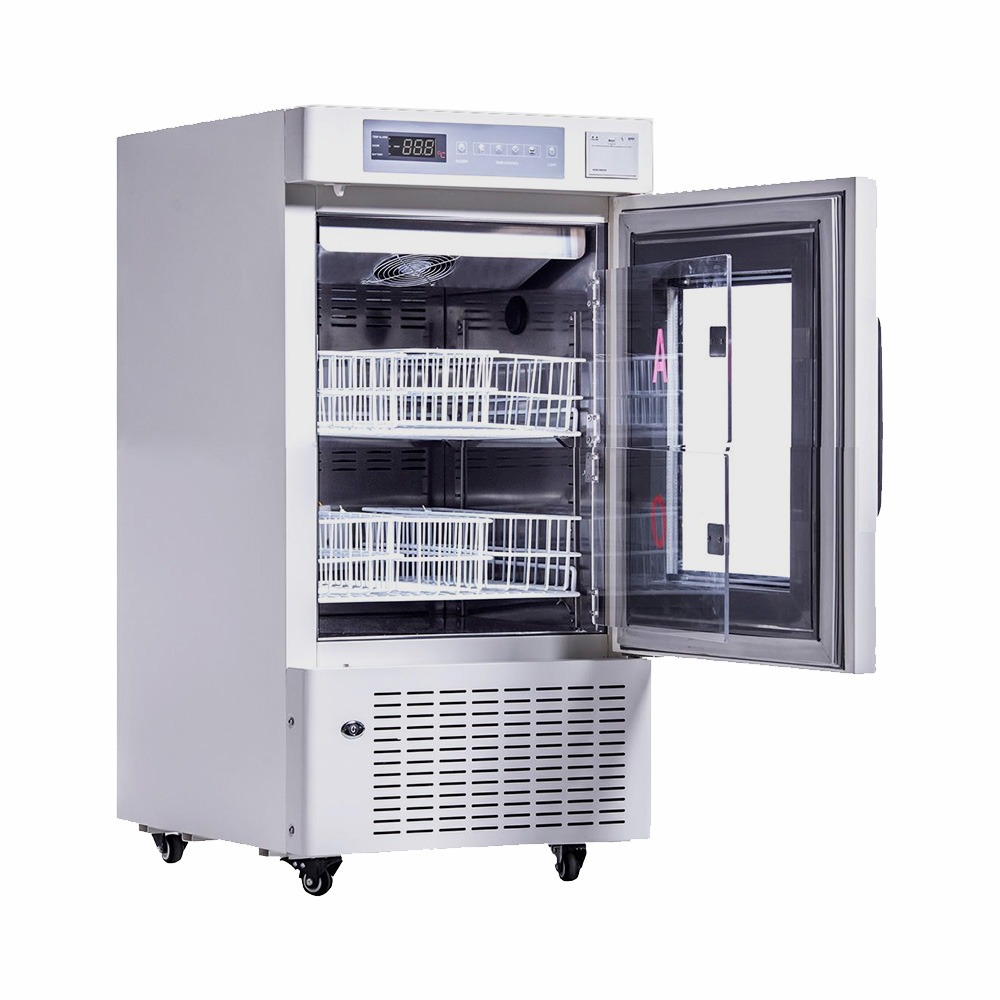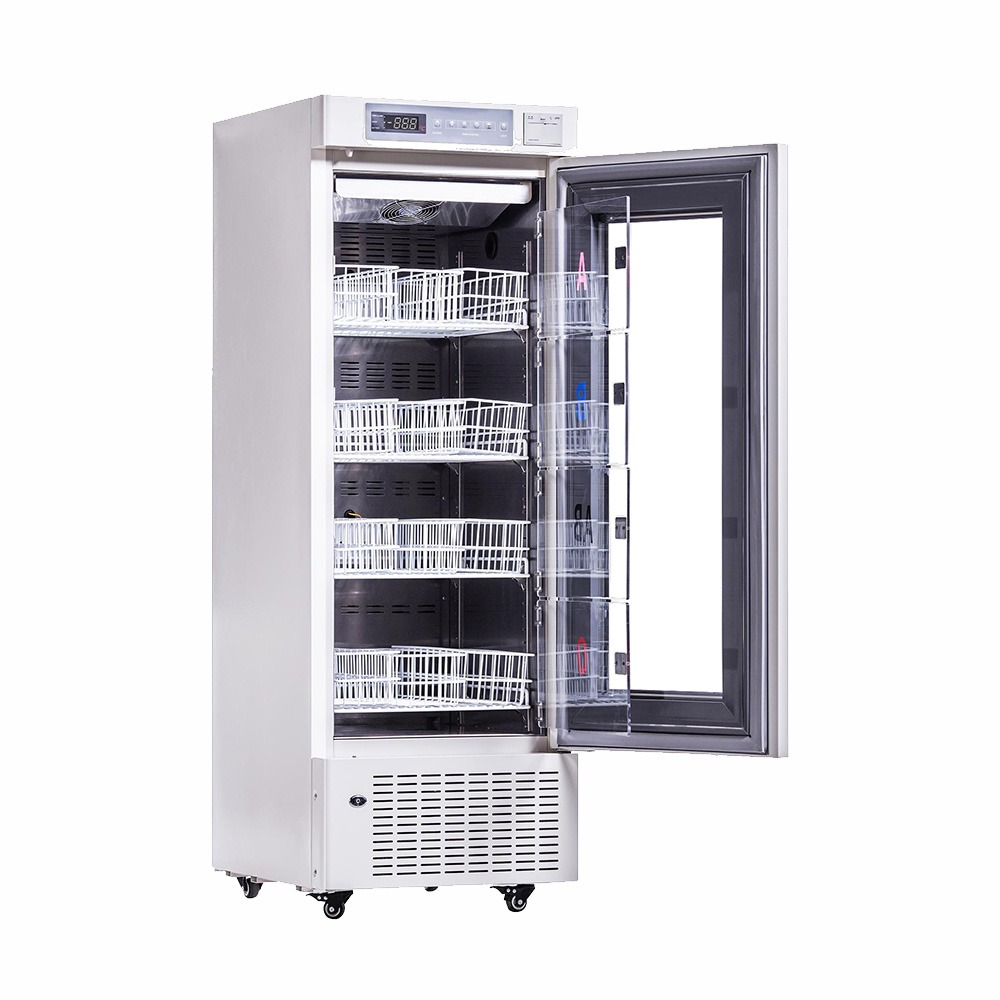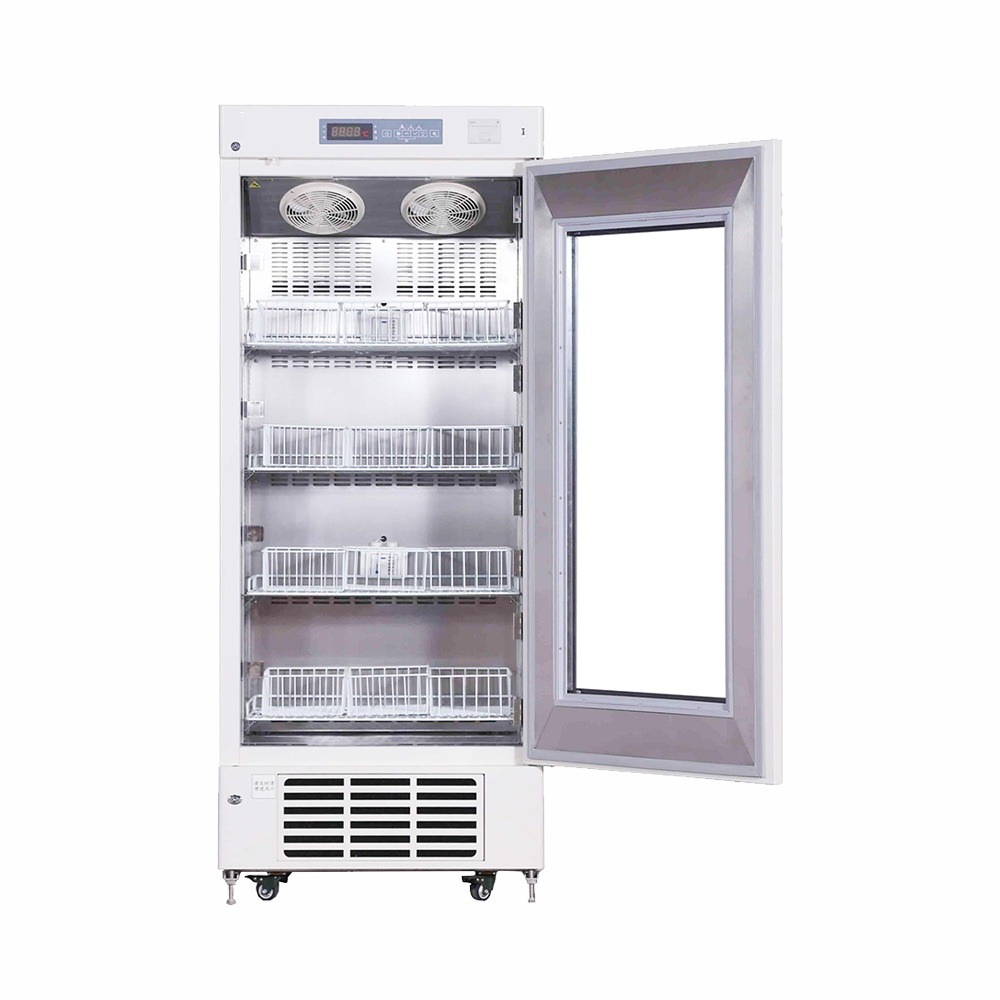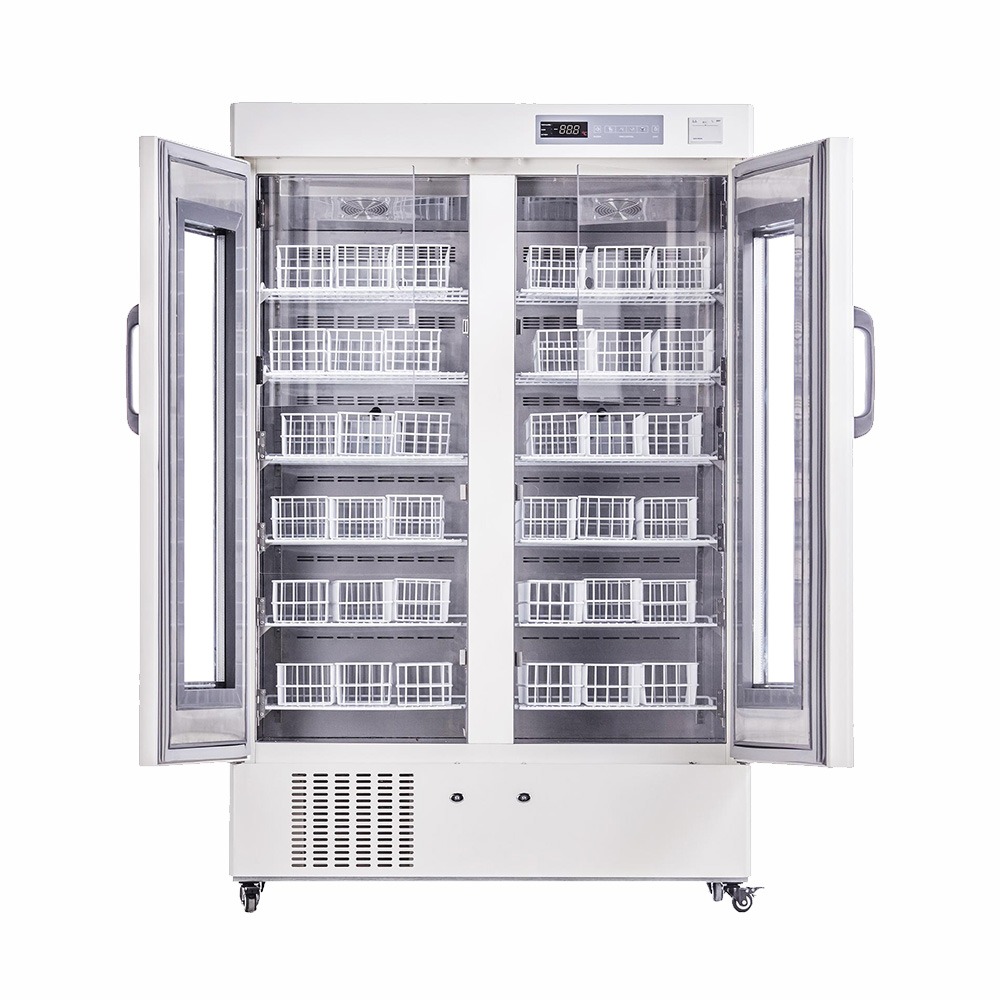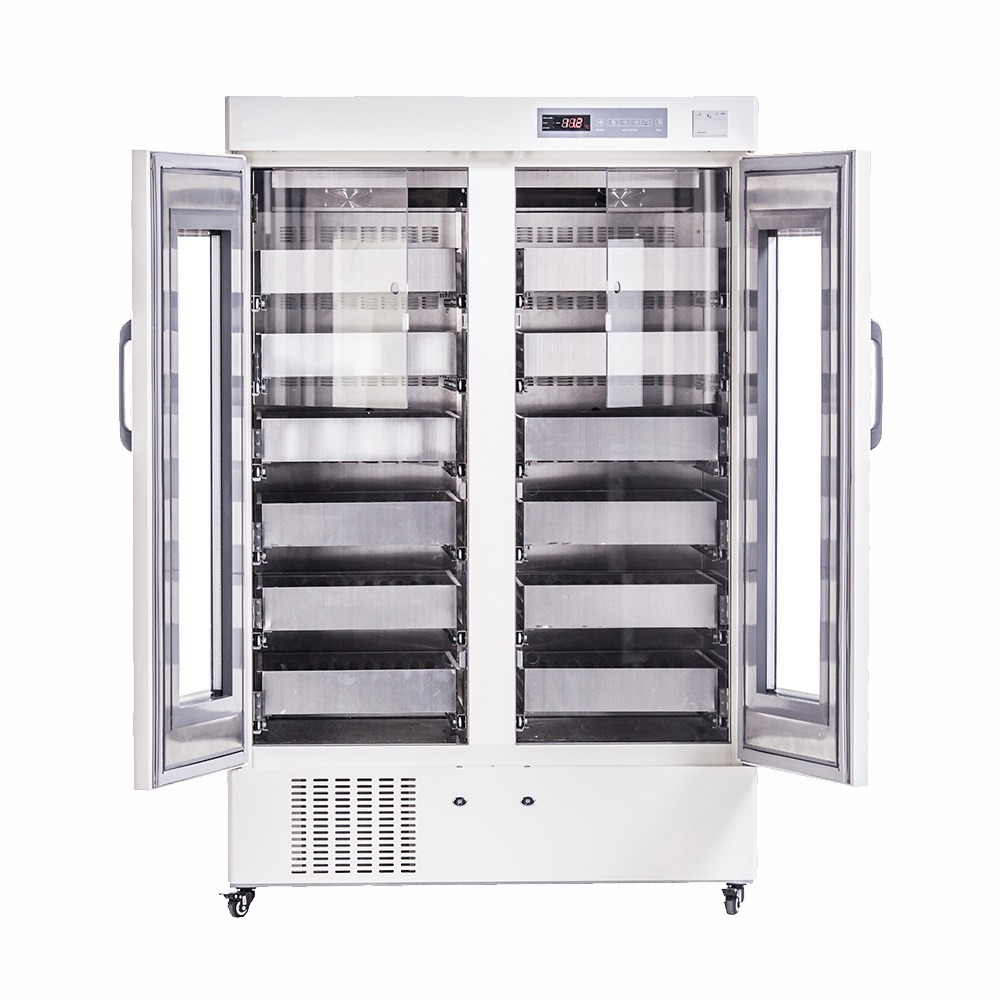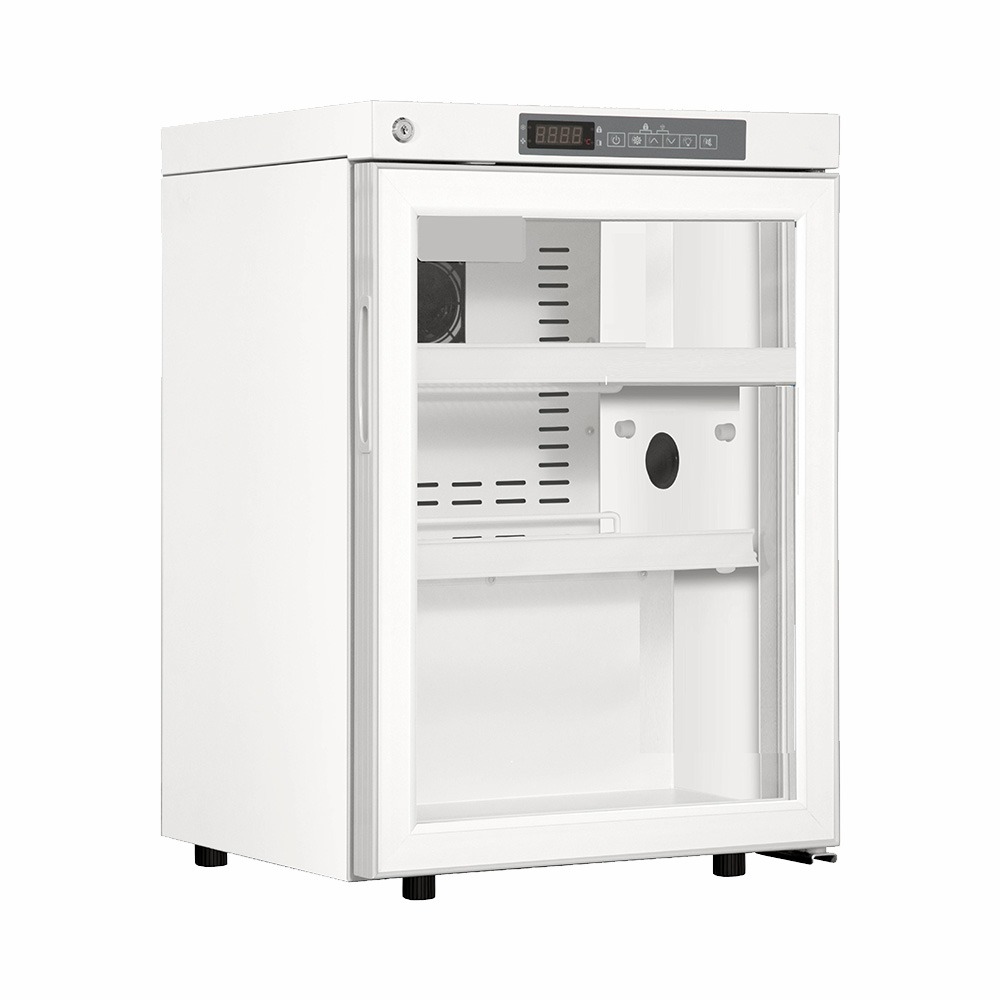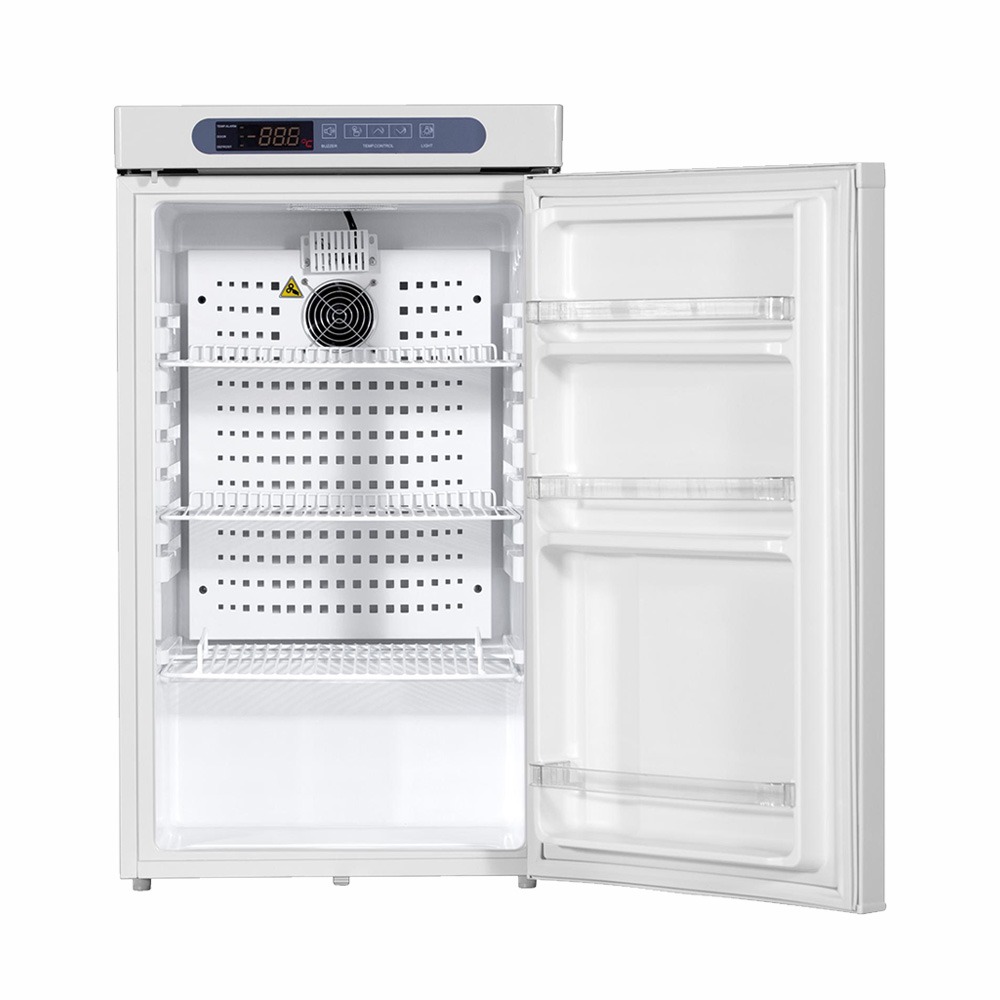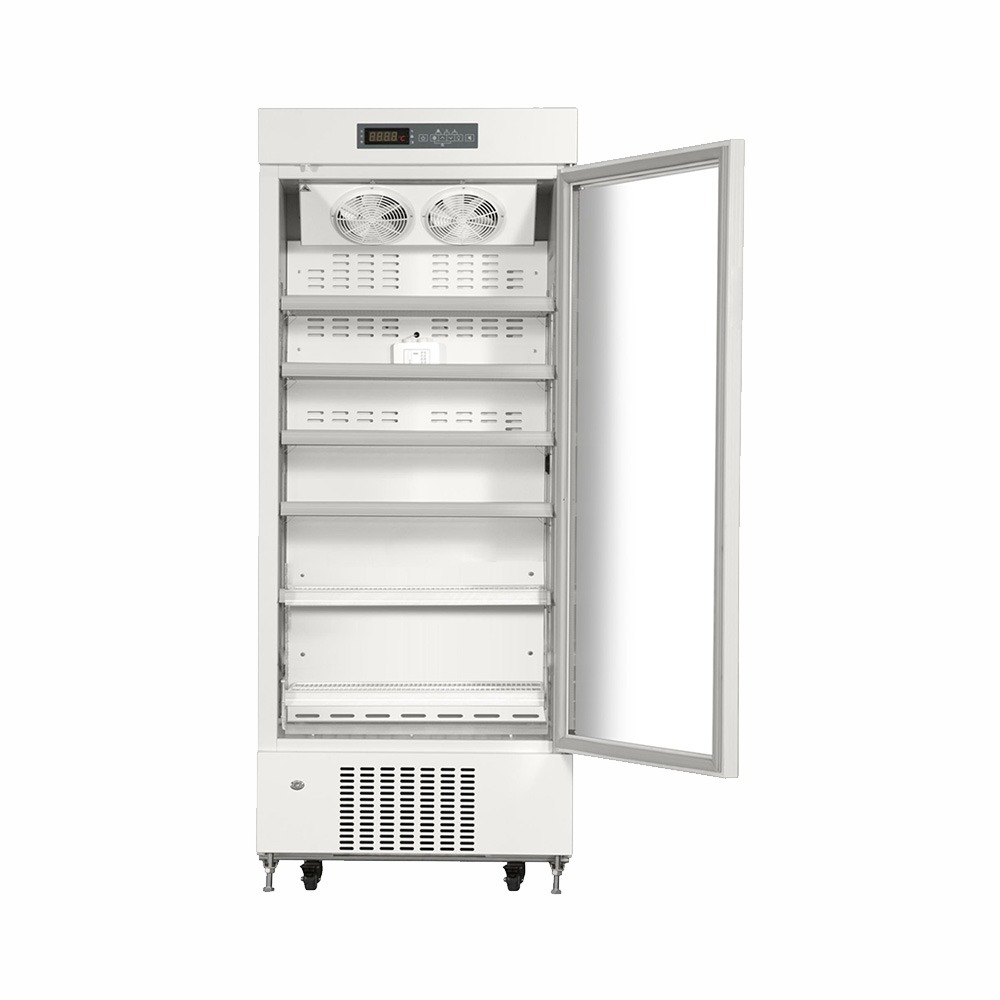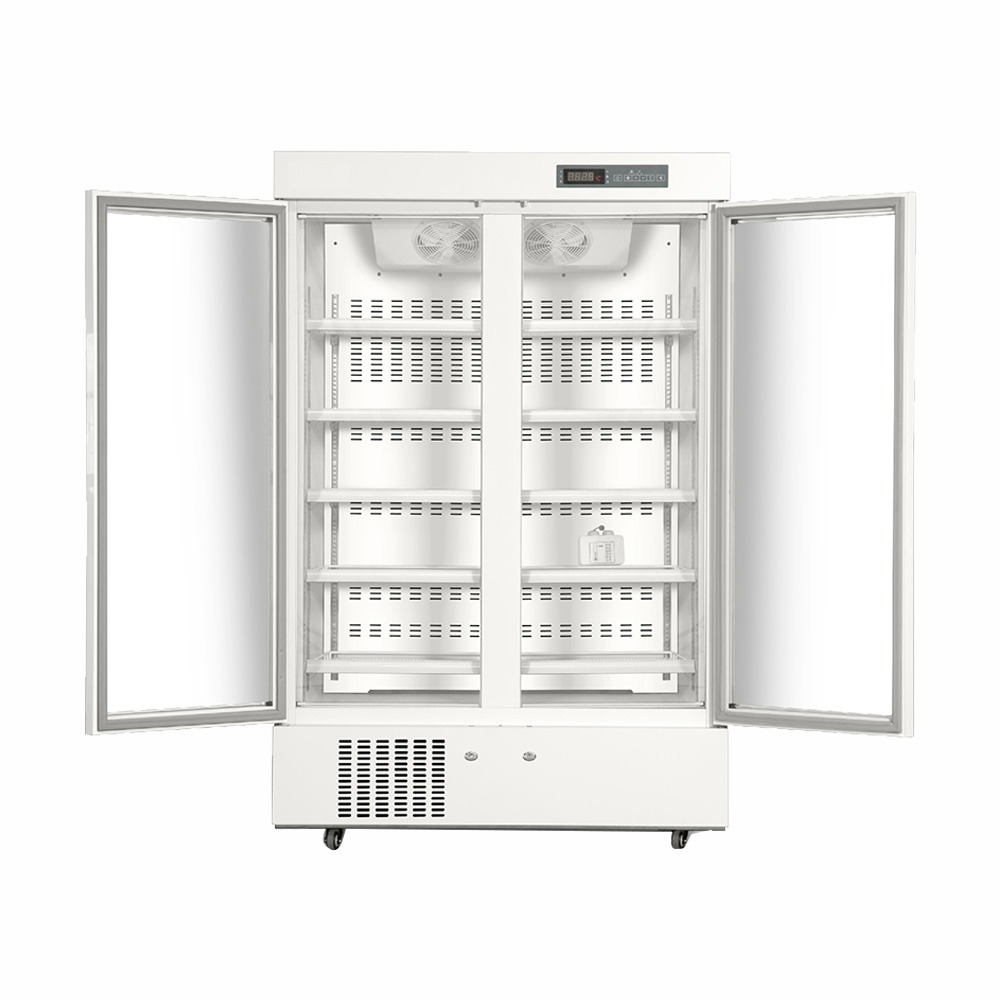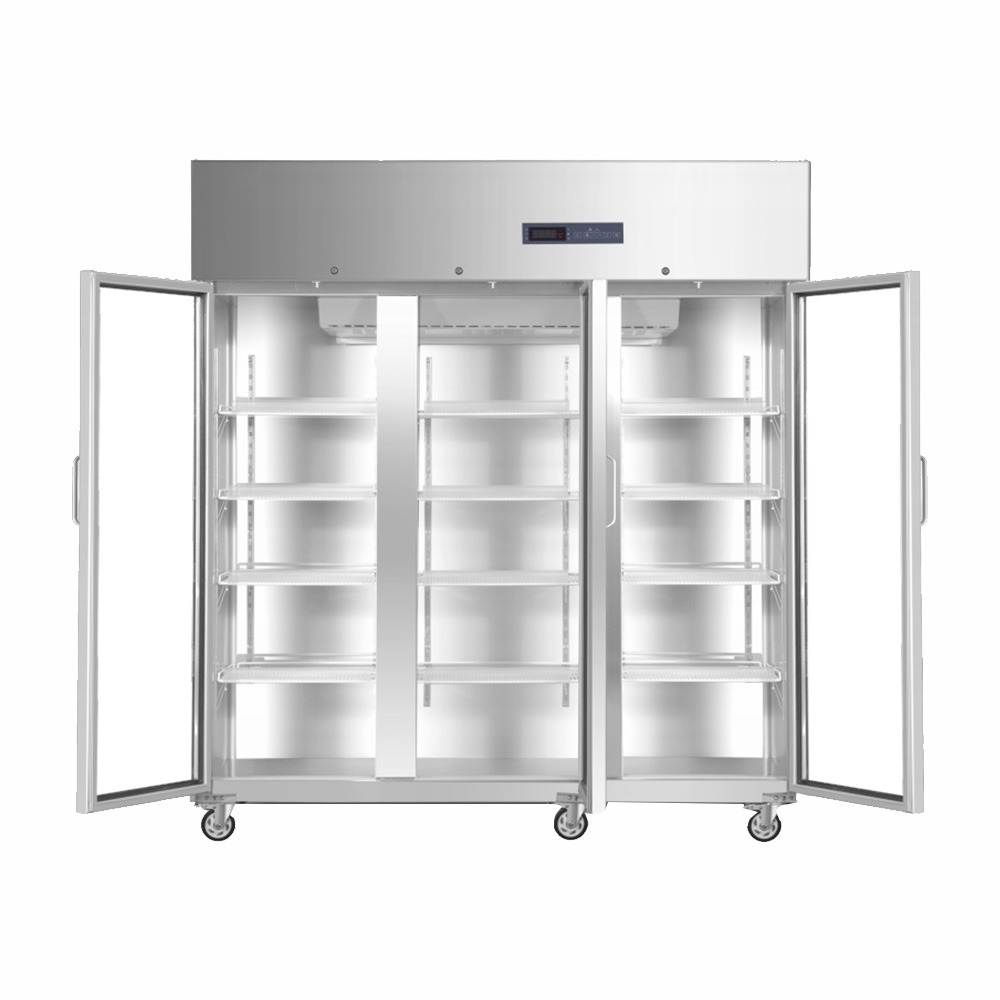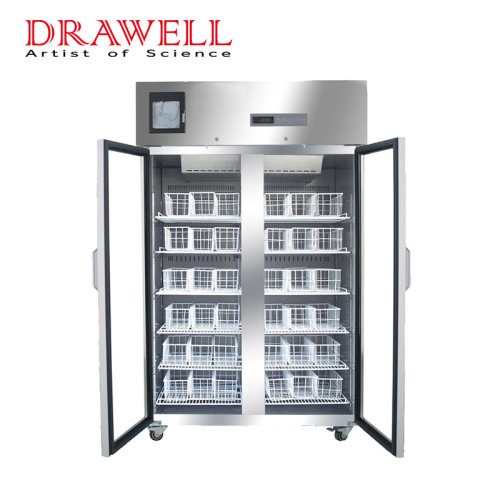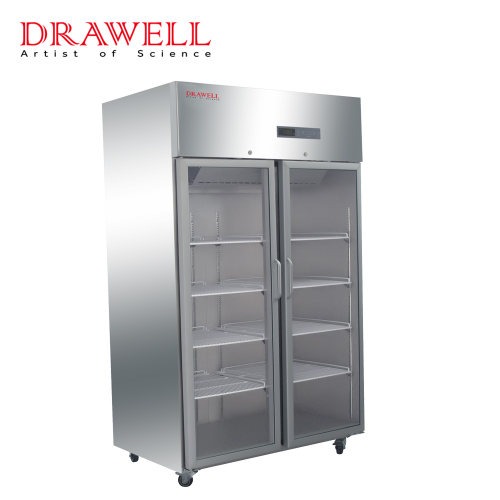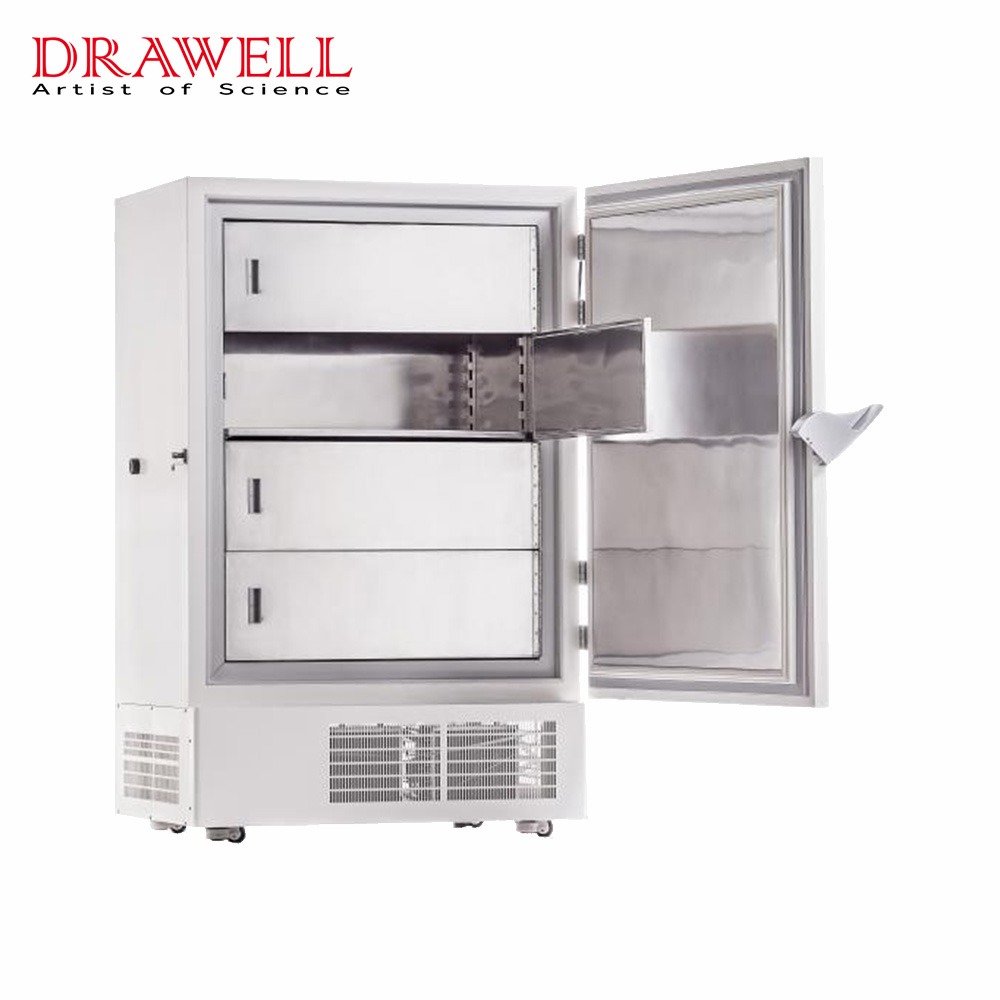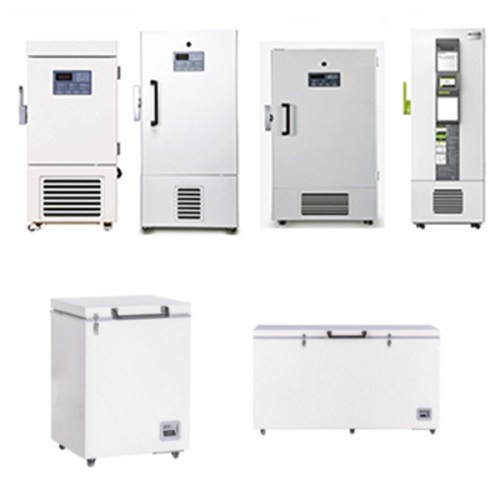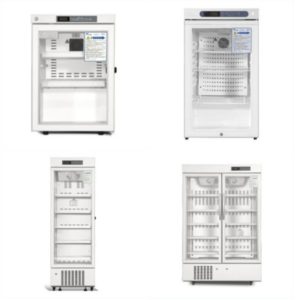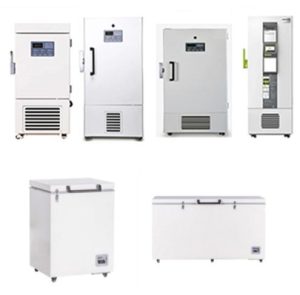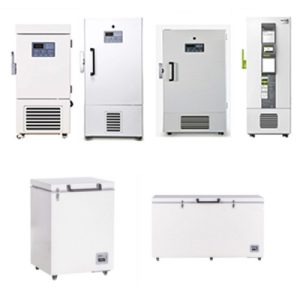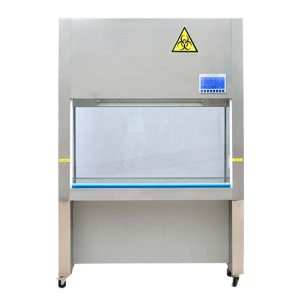Blood bank refrigerators are essential appliances in the healthcare industry, playing a pivotal role in ensuring the availability of safe and viable blood products for patients in need. These specialized refrigerators are designed to maintain precise temperature conditions for storing various blood components, preventing bacterial contamination, and preserving the potency of donated blood. In this article, we will explore the importance of blood bank refrigerators and discuss different types available in the market.
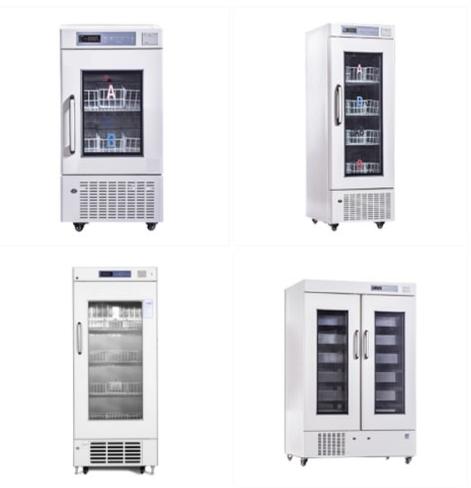
The Critical Role of Blood Bank Refrigerators
Blood is a precious and life-saving resource that is constantly in demand for surgeries, trauma care, cancer treatments, and various medical procedures. To meet this demand and maintain a safe and efficient blood supply, blood banks rely on refrigeration technology. The primary goal is to keep blood components, such as whole blood, red blood cells, platelets, and plasma, at the appropriate temperature.
Types of Blood Bank Refrigerators
Blood bank refrigerators come in various types, each designed to cater to specific needs and requirements. Here are the most common types:
1. Standard Blood Bank Refrigerators:
These are the most basic type and are widely used in blood banks and hospitals.
They are designed to store whole blood and blood components at temperatures ranging from 2°C to 6°C (35.6°F to 42.8°F).
Standard blood bank refrigerators are equipped with precise temperature control systems to maintain a consistent environment.

2. Platelet Storage Refrigerators:
Platelets are one of the key components of blood and have unique storage requirements.
Platelet storage refrigerators are designed to maintain a constant temperature of 20°C to 24°C (68°F to 75.2°F).
These refrigerators typically have agitators to prevent platelet clumping.
3. Plasma Freezers:
Plasma, another vital blood component, must be stored at very low temperatures.
Plasma freezers are capable of maintaining temperatures as low as -40°C (-40°F) or even lower.
They ensure the preservation of coagulation factors in plasma.
4. Cryopreservation Units:
Some blood banks require the long-term storage of specific blood products, such as stem cells and rare blood types.
Cryopreservation units, also known as cryo-freezers, can reach temperatures as low as -80°C (-112°F).
They are equipped with advanced insulation and monitoring systems.
5. Refrigerated Centrifuges:
Blood banks often need to separate blood components through centrifugation.
Refrigerated centrifuges combine the functions of a centrifuge and a refrigerator, allowing for immediate component separation and storage at the desired temperature.
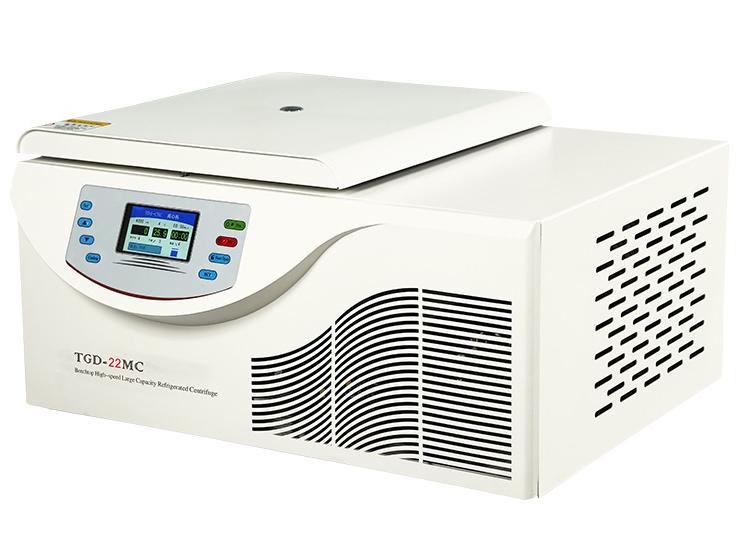
How to Choose the Right Blood Bank Refrigerator?
Choosing the appropriate type of blood bank refrigerator is crucial to ensure the safety and quality of stored blood products. Several factors should be considered when making this decision:
- Storage Capacity:
Assess the expected volume of blood products to be stored and select a refrigerator with an adequate capacity.
- Temperature Control:
Ensure that the refrigerator provides precise temperature control within the required range for the specific blood components.
- Energy Efficiency:
Energy-efficient models not only save on operational costs but also reduce environmental impact.
- Compliance with Regulatory Standards:
Blood bank refrigerators must meet strict regulatory guidelines to ensure the safety of stored blood products.
- Monitoring and Alarm Systems:
Look for refrigerators equipped with temperature monitoring and alarm systems to quickly detect and address temperature fluctuations.
- Space and Layout:
Consider the available space in the blood bank or laboratory and choose a refrigerator that fits seamlessly into the layout.
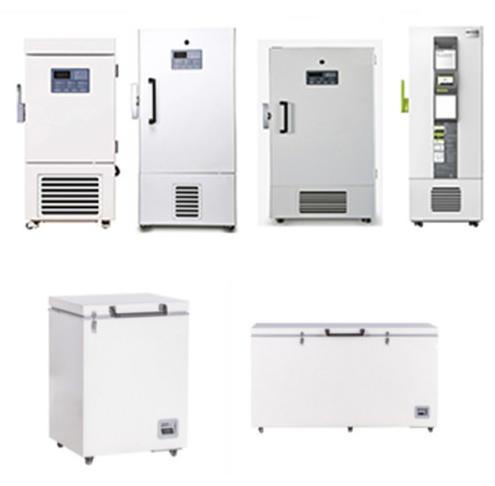
Maintenance of Blood Bank Refrigerator
Once a blood bank refrigerator is selected and installed, regular maintenance and monitoring are essential to ensure its proper functioning. Routine tasks include:
- Scheduled temperature checks and calibration to maintain accuracy.
- Cleaning and disinfection to prevent contamination.
- Inspection of seals and gaskets to prevent temperature leaks.
- Keeping a log of temperature records and equipment maintenance.
Conclusion
Blood bank refrigerators are the unsung heroes of healthcare, quietly ensuring that safe and potent blood products are available whenever and wherever needed. With various types catering to different storage requirements, choosing the right blood bank refrigerator is essential. Whether it’s standard blood bank refrigerators, platelet storage refrigerators, plasma freezers, cryopreservation units, or refrigerated centrifuges, each plays a vital role in maintaining the integrity of our blood supply. Through careful selection, proper maintenance, and adherence to regulatory standards, we can continue to rely on these specialized appliances to save countless lives.
Related Products Recommendation
Get Quote Here!
Latest Posts
What Next?
For more information, or to arrange an equipment demonstration, please visit our dedicated Product Homepage or contact one of our Product Managers.

